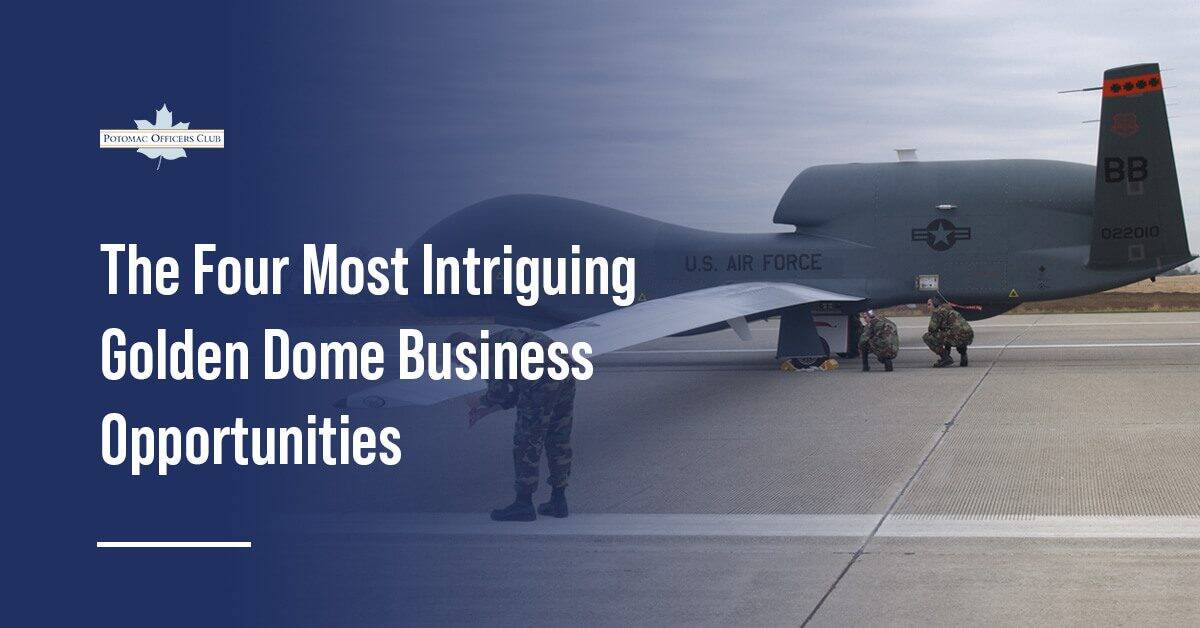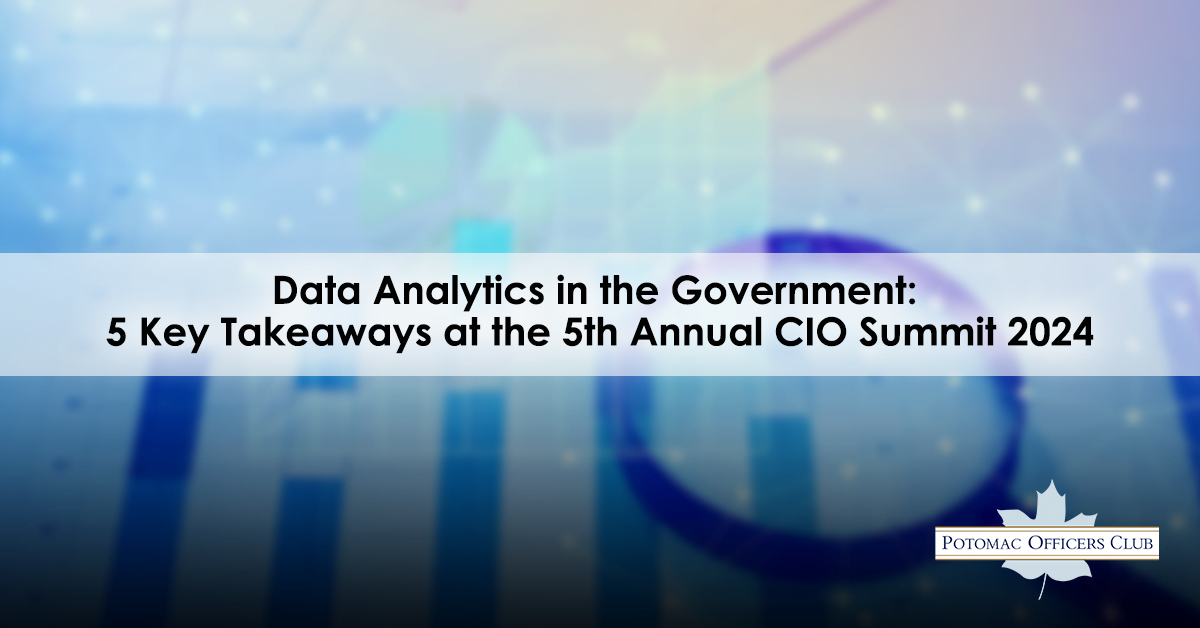
Photo by Thanakorn.P/ Shutterstock
Data Analytics in the Government: 5 Key Takeaways at the 5th Annual CIO Summit 2024
The 5th Annual CIO Summit discussed one of the federal government’s most pressing digital transformation concerns: data analytics. It emphasized the importance of taking advantage of data in the fast-evolving digital era.
CIOs from the government, private, and public sectors congregated at the summit to explore various facets of data analytics that the federal government can leverage into its policies, strategies, and objectives.
This article contains five key takeaways from the leaders who spearheaded discussions at the 5th Annual CIO Summit 2024.
Integrating the old with the new as a part of the DoD’s software modernization strategy
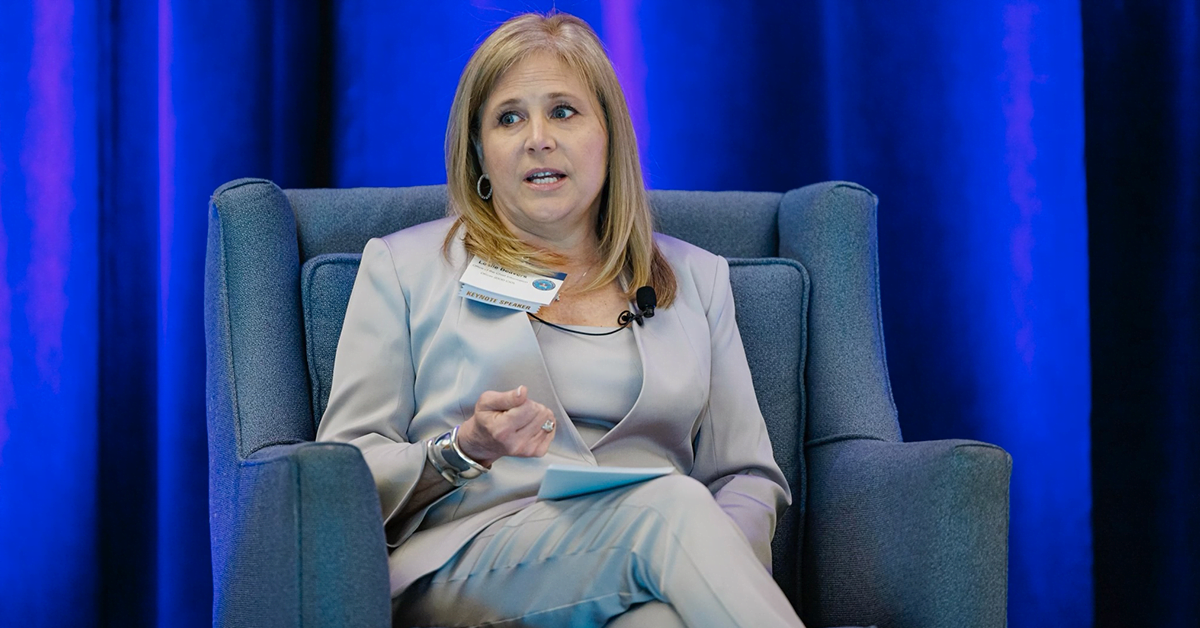
Principal Deputy CIO Leslie Beavers said the Department of Defense’s top priority is information technology. In line with this prioritization are several efforts to update the agency’s software modernization strategy.
At the center of the DoD’s software modernization plan to establish fast and reliable IT systems are three tenets:
- Accelerating the adoption of cloud systems
- Setting up a software factory ecosystem
- Updating software development processes
A major hurdle to implementation, however, is integrating the old with the new. Bringing together these capabilities is pivotal to creating a formidable system that embraces the full-blown modernization of DoD software solutions.
To overcome challenges to DoD’s software modernization strategy, the DoD’s Principal Deputy CIO works with all defense services to “change the behaviors and the decisions all the way down to the program managers across the department to make better decisions as they’re building out the solution to whatever problem they’re solving.”
Moreover, Leslie Beavers, a 2024 Wash100 recipient, aims to achieve this strategy “in a way that’s interoperable, that’s modernizing, that’s secure.”
“That is the approach because, at the CIO level within the department, it’s more like being in an economy. You don’t own the software, you don’t own the program managers—you’re trying to shape how the economy behaves,” Ms. Beavers added.
Harnessing the power of AI involves supersizing current capabilities for tactical edge
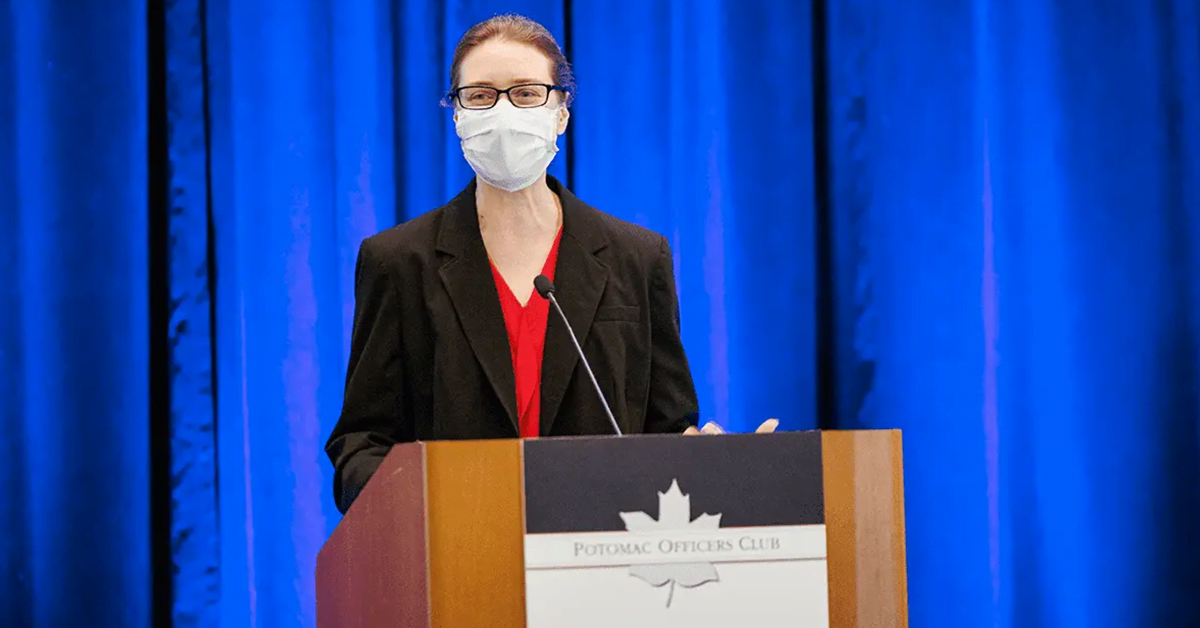
Working with IT is “exhilarating,” especially in a time “characterized by geopolitical instability and threat competition with other nations,” Intelligence Community CIO Adele Merritt said.
Global conflicts and security vulnerabilities can be catalysts for technological innovation toward a more advanced IT-enabled future. To keep IC future-focused and ensure it uses higher-quality solutions, CIO Merrit introduced an interconnected group of five focus areas.
- Strengthening the mission through a resilient digital foundation
- Assuring the mission through robust cybersecurity
- Enabling the mission through modern best practices and partnerships
- Enhancing the mission with data-centricity
- Accelerating the mission with advanced technologies and workforce readiness
In line with these five focus areas, Ms. Merritt emphasized the need to supersize the current capabilities for storage, computers, and transportation to fully accommodate the power of AI and offer the government a tactical edge.
“The digital foundation is needed to ensure that we have that tactical edge, and we can’t do this work in a vacuum. And none of this will be cheap and a time of tight constraints of tight and diminishing resources,” IC’s CIO reiterated at the 5th Annual CIO Summit 2024.
An integral part of this effort is linking zero-trust architecture to IC’s cybersecurity strategy and fostering collaborations with the industry and academia.
Minimizing cyber and security risks while maximizing the potential of AI technologies
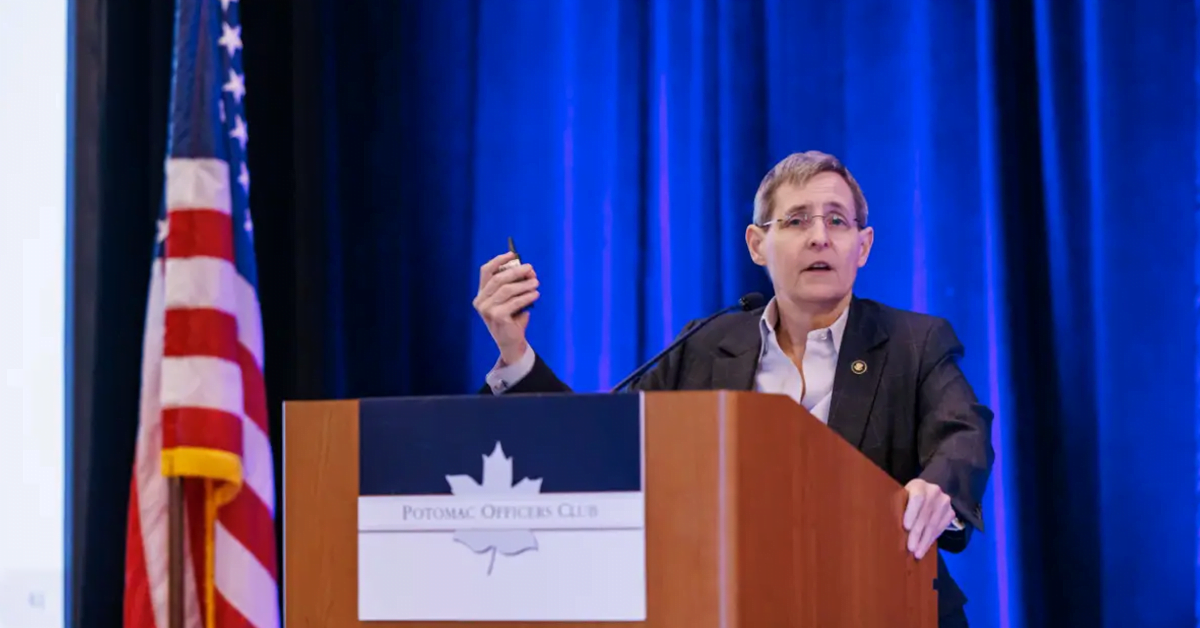
Artificial intelligence technologies offer groundbreaking opportunities for the Department of Energy, helping the agency carry out its missions, such as analyzing climate-focused technologies like solar panels.
However, as revolutionary as they are, these technologies are associated with security concerns that have ballooned over recent years. “It is true that AI is a security risk. It’s also true that cybersecurity is a risk to our ability to use AI,” Ann Dunkin, DOE’s CIO, said in her keynote address at the 5th Annual CIO Summit 2024.
For this reason, her office is working toward a better understanding of the relationship between AI and cybersecurity to tap into the full potential of these technologies. A significant part of her work focuses on the cyber risks or “exploits” of these AI technologies, such as:
- Adversarial AI, “where the folks doing the exploit have their own AI and use it to train their attacks and build new attacks”
- Botnets, which increase the speed of destructive AI-enabled data coding practices
- Data poisoning, which steals scientific data and bias within AI models
To reinforce the agency’s cyber defenses against these exploits, the DOE utilizes its 17 national labs to “do amazing work.” Two of these labs focused on the impact of cyber on the energy grid, such as solar and wind power and electric vehicles and their chargers.
On the other hand, the DOE is also experimenting with quantum paired with AI to “speed up our analysis and our discovery processes in our labs.” Overall, maximizing the potential of AI technologies for the department is “really designed for protecting DOE’s assets.”
“The details are very deeply specific, but we’re looking to understand our risk, mitigate our risk, and ensure our mission is resilient, that the power grid stays up, our nuclear resources are protected, our labs are protected and keep operating, and we develop our workforce and protect critical energy infrastructure,” Ms. Dunkin elaborated.
Responding to ever-evolving threats and needs in the information domain with a new strategy
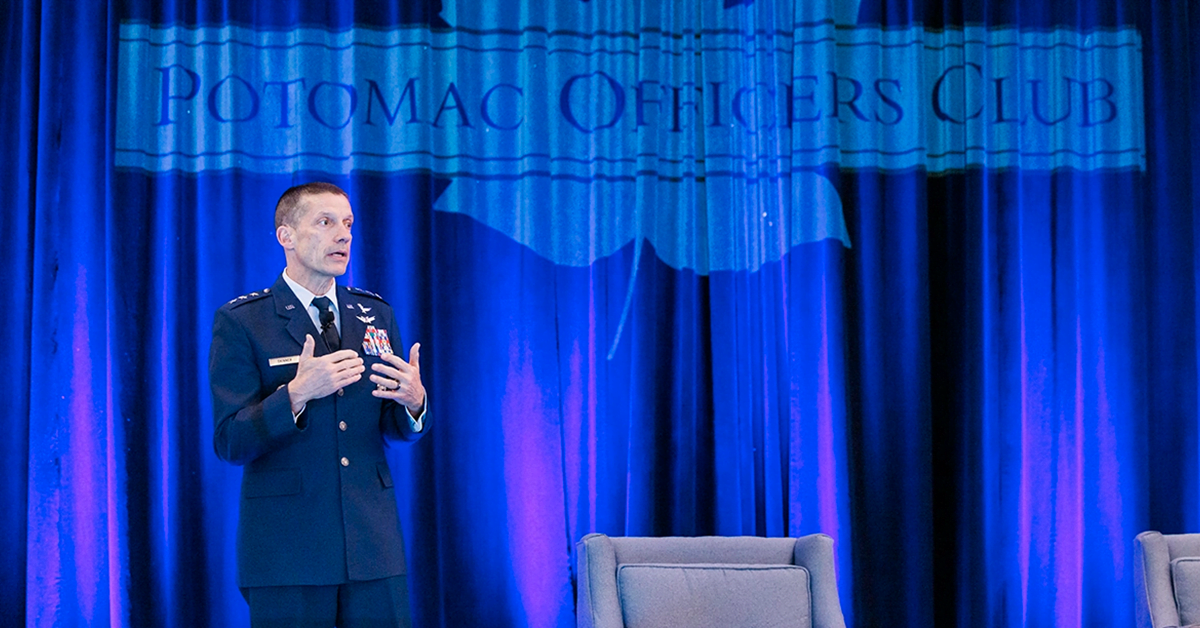
The Defense Information Systems Agency Director, Lt. Gen. Robert Skinner, outlined “DISA Next,” a new five-year strategy comprising four strategic imperatives to address the evolving threats and vulnerabilities in data analytics.
1. Secure, Operational, and Available Capabilities
Whenever the U.S. warfighters or DISAs need advanced IT capabilities, this strategic imperative ensures that these capabilities remain resilient and available. The DISA Director emphasized the availability of these capabilities at home and abroad.
2. Strategic C3
Command, control, and communications capabilities have safeguarded the internet during peacetime and even amid competition. However, when a bad day strikes in the nation, way past the point of competition, this strategic imperative aims to fortify C3 amid the worst turmoil.
3. Modernize for Effectiveness
Legacy IT and outdated technologies cost the agency a lot; they are expensive to maintain and out of standards for resilience, support, and security. This strategic imperative seeks to speed up agency cloud adoption to solve legacy system challenges.
4. Data
“We have so much data we don’t have to do with half of it,” Lt. Gen. Robert Skinner said in his keynote at the 5th Annual CIO Summit. This strategic imperative encourages better data understanding, leading to better decision-making for the agency.
Unlocking opportunities for technological advancement beyond artificial intelligence
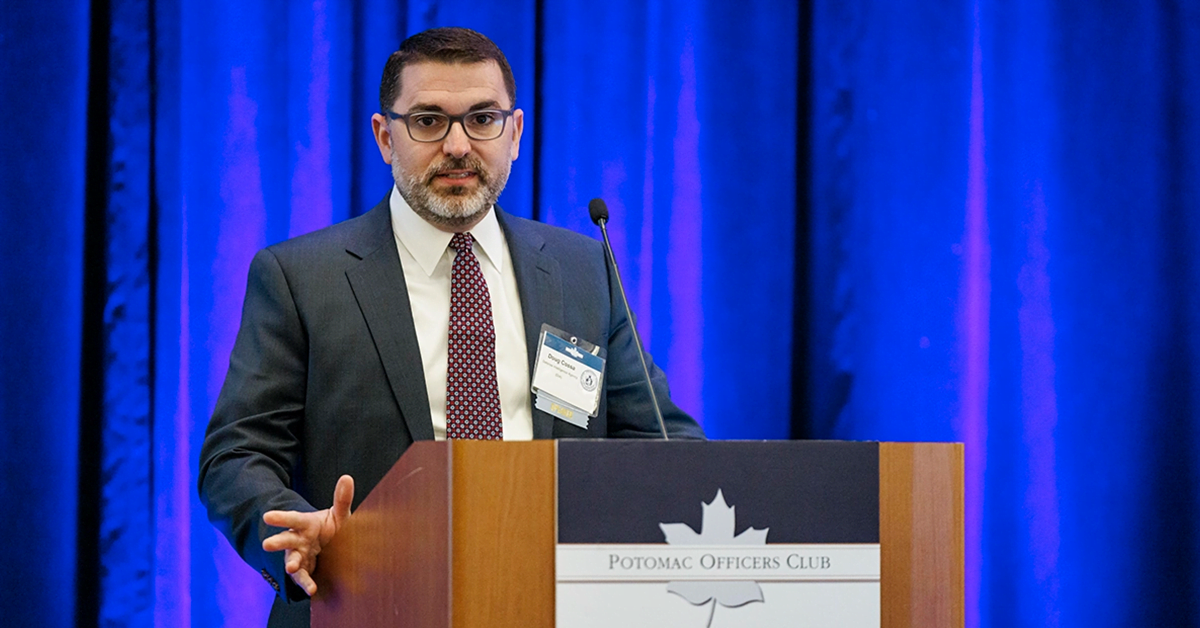
Artificial intelligence, particularly generative AI, has been at the center of attention over the past few years. It is poised to push forward technological advancement in various fields of federal government processes.
Defense Intelligence Agency CIO Doug Cossa believed that generative AI indeed poses a huge opportunity to accelerate technological innovation. However, the greatest opportunity lies in uncovering uncertainties, not streamlining current tasks and processes.
Despite this, Mr. Cossa believes that instead of AI, there’s an opportunity in the systems that the government already possesses. His focus areas revolve around these five priorities.
1. Joint Worldwide Intelligence Communications System
Joint Worldwide Intelligence Communications System (JWICS) is the Defense Intelligence Agency’s CIO’s top priority. There’s a big opportunity where it can be used government-wide and industry-wide, not only for IC and DoD, where they’re mostly used.
2. Desktop Environment
Desktop Environment (DTE) has been key to strengthening DIA’s network cybersecurity. With DTE, “customers don’t need to think about how they, on a day-to-day basis, need to have the resources and the expertise to run a local area network.”
3. International Systems
Doug Cossa sees his role as DIA’s CIO as fundamental for integrating zero trust in connecting allies and partners across cyber information sharing. As displayed by modern global conflicts, such as Russia–Ukraine and Israel–Hamas, “connectivity with our partners is key.”
4. Mise en Place
Adopted from the French cooking concept, “everything in its place,” IT systems in the federal government. “We often think about cybersecurity at the end of that process. I want to do it at the beginning. And that’s the direction that we’re headed in in DIA,” CIO Cossa added.
5. Workforce
No tool solves the challenges of IT without the core workforce that runs the system. “It’s the people that solve the problems at the end of the day…and that requires expertise to understand the environment and how things are connected in the environment,” said DIA CIO.
The current state of data analytics in the government: Conclusion of the 5th Annual CIO Summit
Data analytics and, by extension, information technology for the federal government focus on artificial intelligence. As much as AI offers a different angle on how the government can tackle its data, there are still many hurdles for its full-blown implementation in its current state.
Nonetheless, government leaders, led by CIOs, are collaborating to mitigate cybersecurity threats, improve existing technologies for AI integration, accelerate the transition and integration of new with old, and leverage the systems already in place.
Read more: 5 IT Executives in Government Contracting

Category: Articles



